The privileged world is stuffed with chefs stuffing us. In the UK - in the US, too - young people who are unable to picture themselves ever owning their own property spend their salaries on eating out. They dispense what would never amount to a deposit on an apartment in the latest restaurants Instagram has designated the place-of-the-moment to elevate their spirits and distract them temporarily from the realities of a world so much less hopeful than that of their parents.
Yet despite the dishes and the eateries created by these chefs - fixtures in the world of ‘celebrity’ whose skills have introduced us to eating well across innumerable cuisines, how many of them have changed the food landscape? In the UK, Jamie Oliver, Delia Smith and, post-war, the late Elizabeth David demystified recipes for people who were novices in the kitchen. But they are cooks, not chefs. In the US, Irma S. Rombauer’s The Joy of Cooking, Julia Childs, Ina Garten and other TV chefs, all made the daunting prospect of producing a meal unthreatening to a wide audience of aspirational cooks. The influence of MFK Fisher, an accomplished cook, was more as a writer, in line with Brillat-Savarin.
None of these were food game changers in the startling manner of Spain’s Ferran Adrià of restaurant El Bulli in Roses, in Spain.
Adrià is in a long line of chefs who radically altered the way we eat. Before him, Antonin Carême (1783-1833), the leading French chef of his day to the aristocracy, wrote books designed to pass his skills on to other chefs. Escoffier (1846-1935) was another French chef and writer who popularised and updated traditional French cooking methods. The reputation of Alexis Soyer (1810-1858), yet another French chef, was made cooking in England for royalty and the aristocracy, and later at the Reform, a gentleman’s club where his Lamb Cutlets Reform remain on today's menu.
His contribution to changing the food game was in radicalising the kitchen, first at the Reform then in Scutari, during the Crimean War. He went at the request of the British government and worked with Florence Nightingale to improve conditions for the troops, inventing a portable stove able to boil, stew, bake and steam that was in use by the army for over a century and had a radical impact on stove design in British home kitchens.
Spanish-American chef José Andrés, while heading an impressive restaurant empire across the US, most closely fills Soyer’s shoes. (If you want two recipes for his paella, click here.) Long before the US government gathered itself to respond to Haiti’s 2010 earthquake disaster, Andres had immediately formed World Central Kitchen and dispatched chefs and volunteers to feed those affected. He was on the Polish border with World Central Kitchen shortly after Russia’s invasion of Ukraine, feeding refugees. His NGO has provided meals in the Dominican Republic, Nicaragua, Zambia, Peru, Cuba, Uganda, and Cambodia, and in the US during the Covid pandemic. It’s those humanitarian activities that make him a game-changing chef - although his excellent cooking has been much influenced by his period working under Ferran Adrià.
While we all can list celebrity chefs from endless TV shows, Ferran Adrià is probably the only recent chef to have affected the way we eat. He is known as the inventor of molecular gastronomy, a scientific approach to cooking associated with chemistry and how an ingredient’s molecules and atoms react to deconstruction and reconstruction. He describes his approach as “Taking a dish that is well known and transforming all its ingredients, or part of them; then modifying the dish's texture, form and/or its temperature. Deconstructed, such a dish will preserve its essence... but its appearance will be radically different from the original's.”
That’s unlikely to represent the way a home cook approaches making a meal. But his insistence on the quality of seasonal ingredients, of juxtaposing texture and taste, of not muddying but of clarifying and intensifying the flavour of each individual element in a dish, is how informally we have embraced his style - passing on the smoked water foam…
El Bulli was only open for six months each year. It was almost impossible for hoi polloi to reserve a table. In July, 2011, it closed, though was scheduled to reopen this summer as a museum that would pay tribute to the 1,846 dishes created at the restaurant.
I’m not sure it has yet. But his influence is edible in restaurants modest and revered everywhere across Spain, in large cities and in very small towns and villages. At an unsung restaurant last week in Alquézar in the province of Huesca, I ate the following:
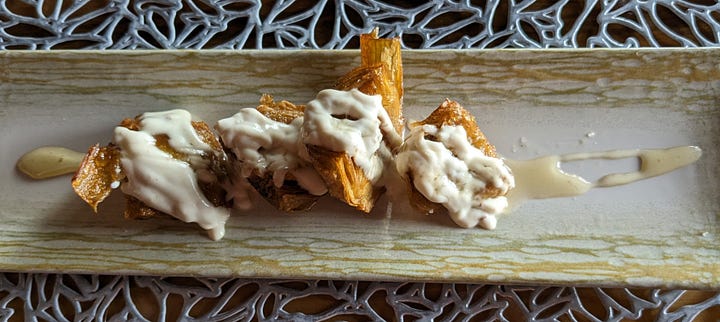
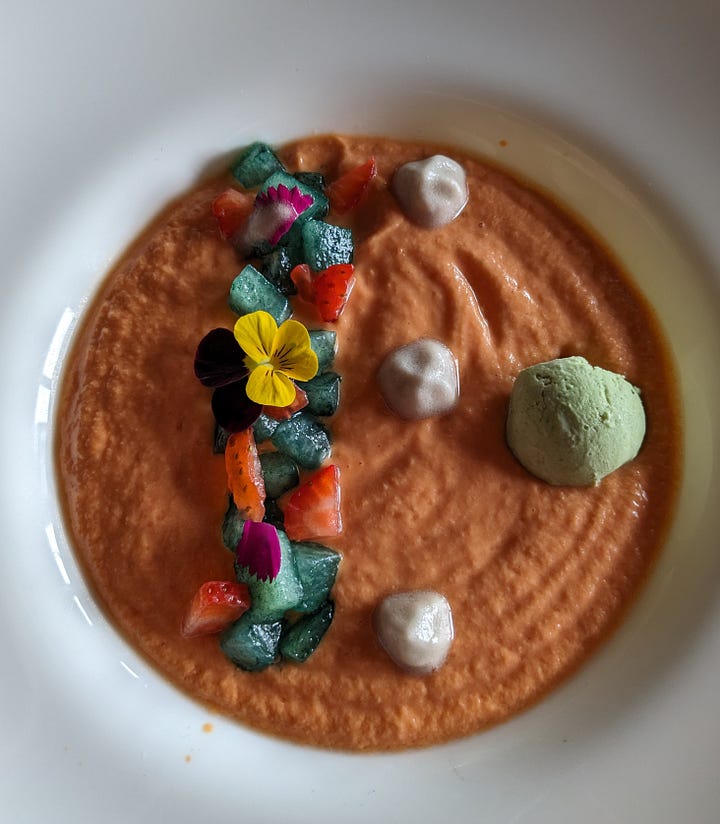


Top row from left, Artichokes fried alla Giudecca with a garlic sauce, Salmorejo, a gazpacho-like cold soup of tomatoes, bread, extra virgin olive oil, sherry vinegar and garlic with a basil sorbet and dots of whipped cheese mousse; bottom row, Saddle of rabbit in honey-orange sauce on potatoes and a puree of peas, a row of three different elusively, lightly, cheese-flavoured pannacottas re-formed to look like cheese, with balls of fruit sorbet and dots of plum puree.
For €24. Post-Brexit, post reduced imports of ingredients and EU staff, in London that would barely buy you two cocktails.
It was the same everywhere between Barcelona and Valencia, and inland to Girona, Figueres, Cadaqués, Besalú, Cardona, Huesca and Teruel (I’m listing these so you can immediately plan your own gustatory and architectural tour with the wonderful DC-based Jennifer Adams of ArchDeco Travel). Meanwhile, back in your own kitchen, here are two simple discoveries. One, how to turn a mussel shell into a spoon for broth (which, along with local white wine and garlic, was flavoured with orange and cinnamon), and the second: how to improve on Italy’s bruschetta: Pan Tomat. Rub a piece of toast with the cut side of a raw, unpeeled, juicy tomato then drizzle over good olive oil. My daily breakfast…
What better, simpler recipe could you want?
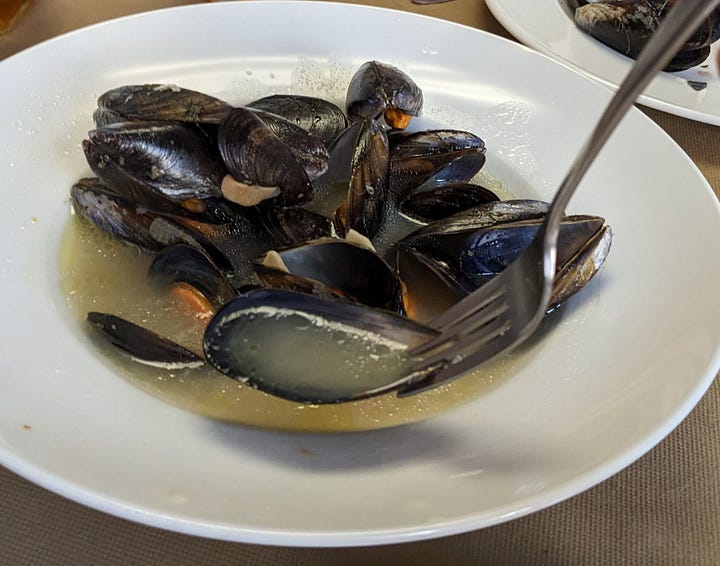
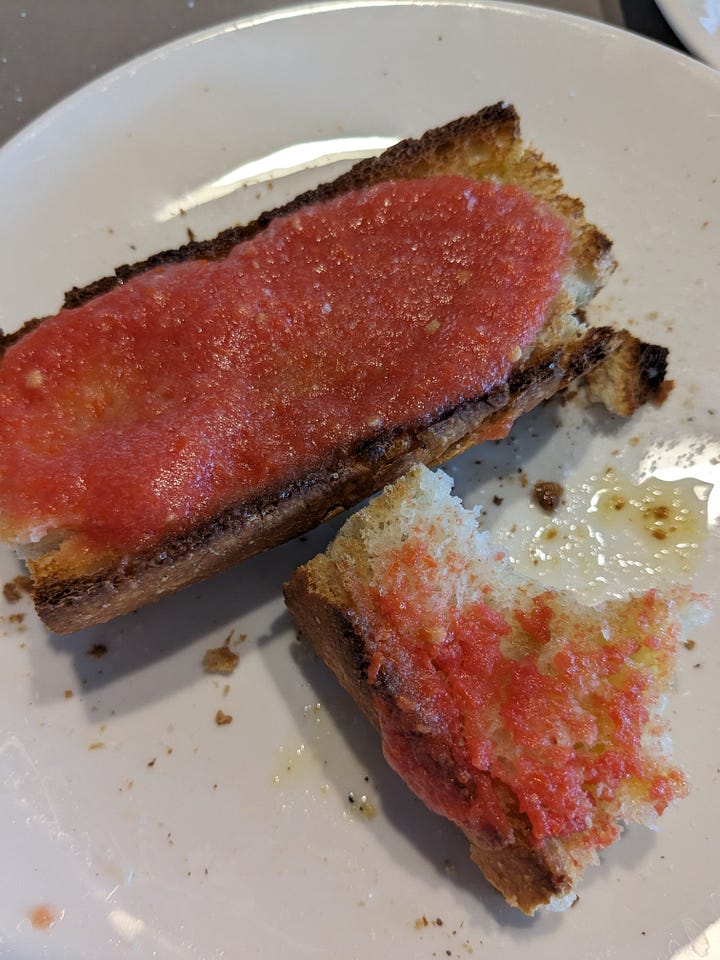




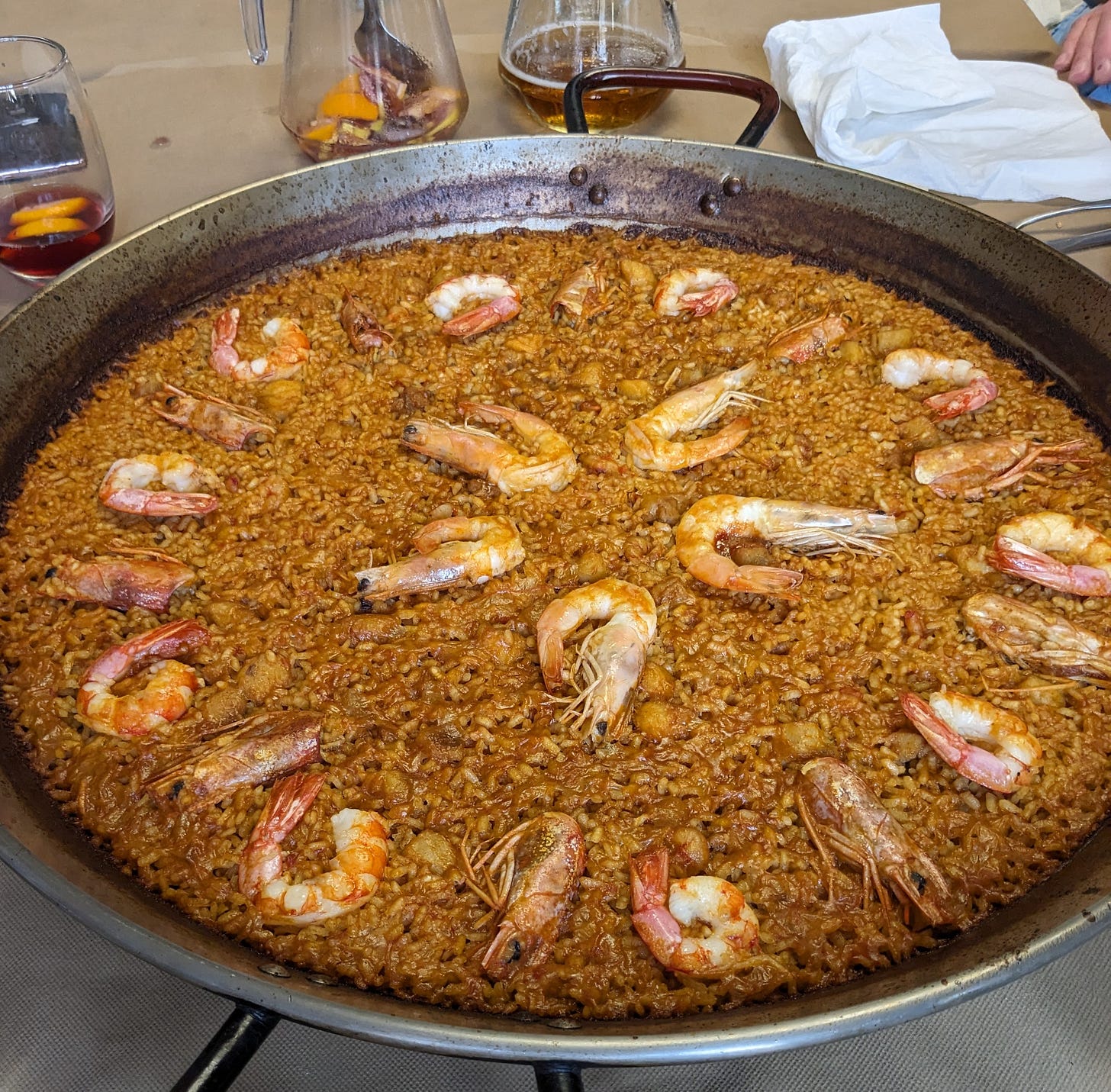


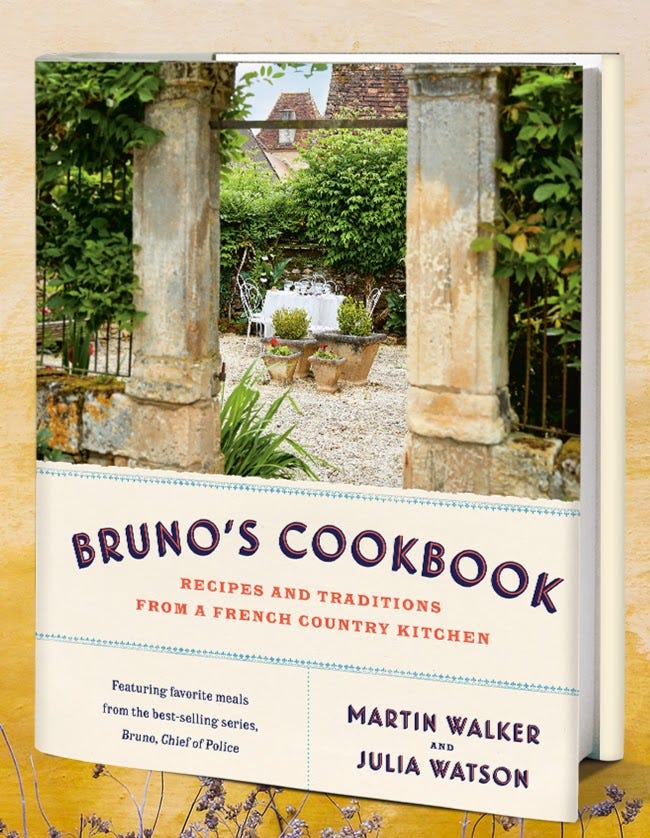
What a delightful article. I love thé way you weave together food history & current trends in the culinary world.
Julia, thank you for another enjoyable sojourn into our interconnected world of food. As I read I wondered, what about Alice Waters? As an American I always had the impression that she had a huge influence on food here in the US at least. I’ve considered her a food game changer and chefs from her restaurant, who moved on to open their own places, have had equally strong impacts. I ate at Square One years ago in San Francisco, run by an Alice Waters alumna from Chez Panisse, Joyce Goldstein, and it blew my mind. Probably the best meal of my life (And probably one of the most expensive too! I still remember the shock when the check arrived!)